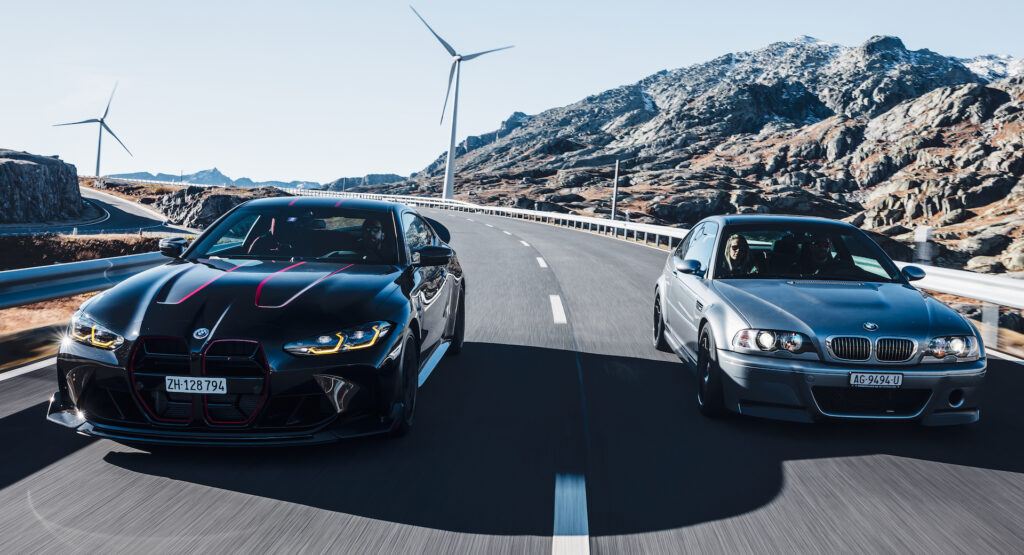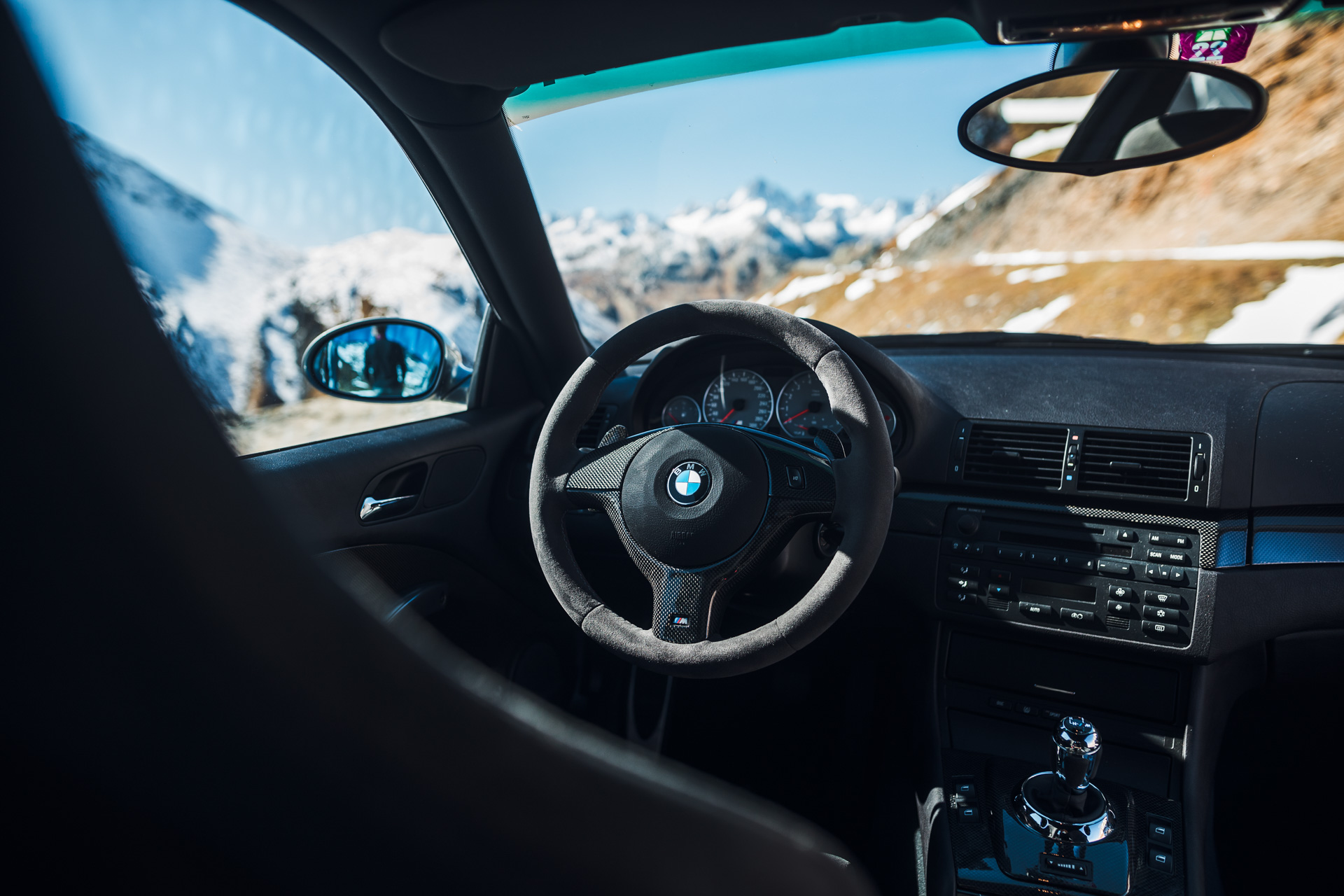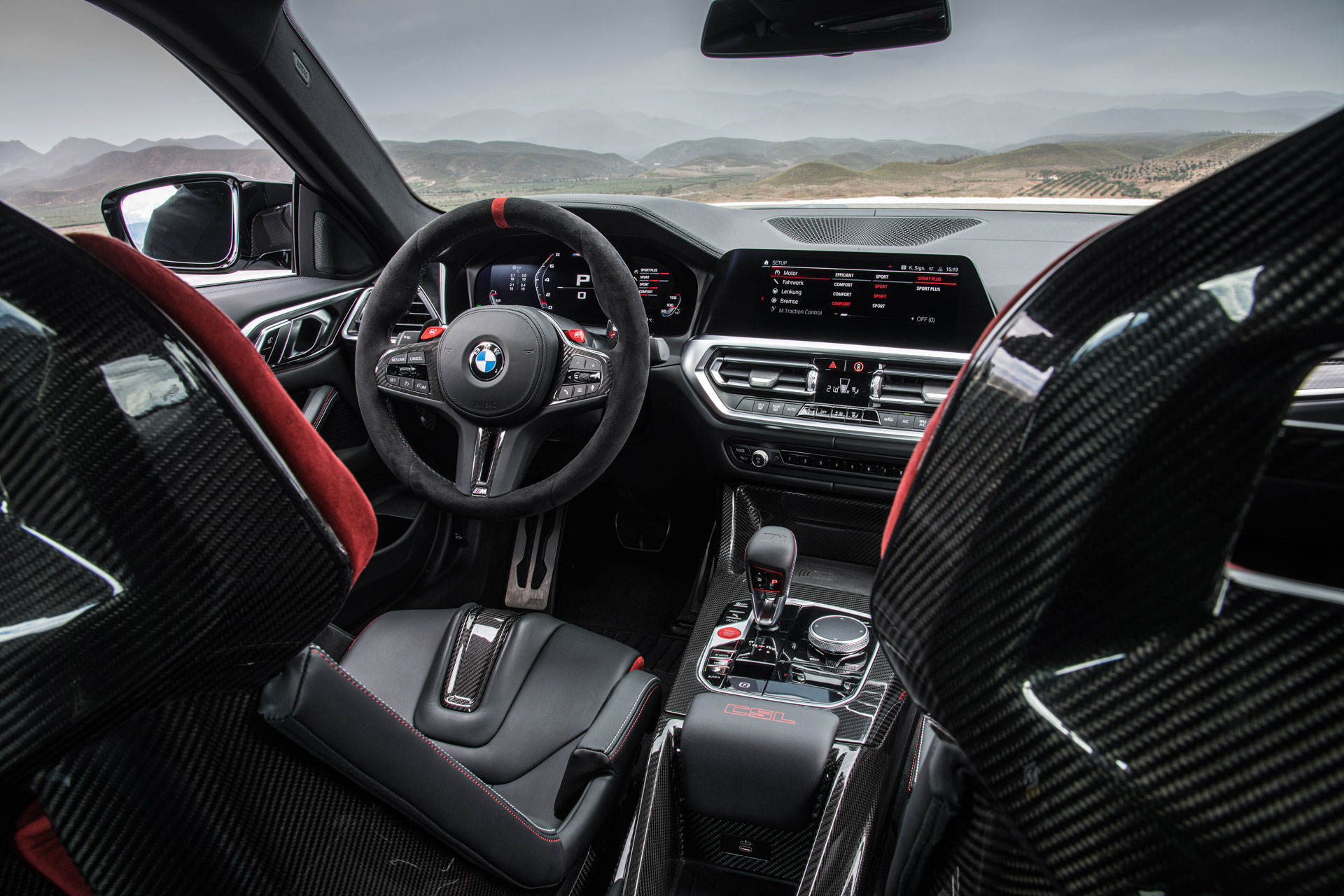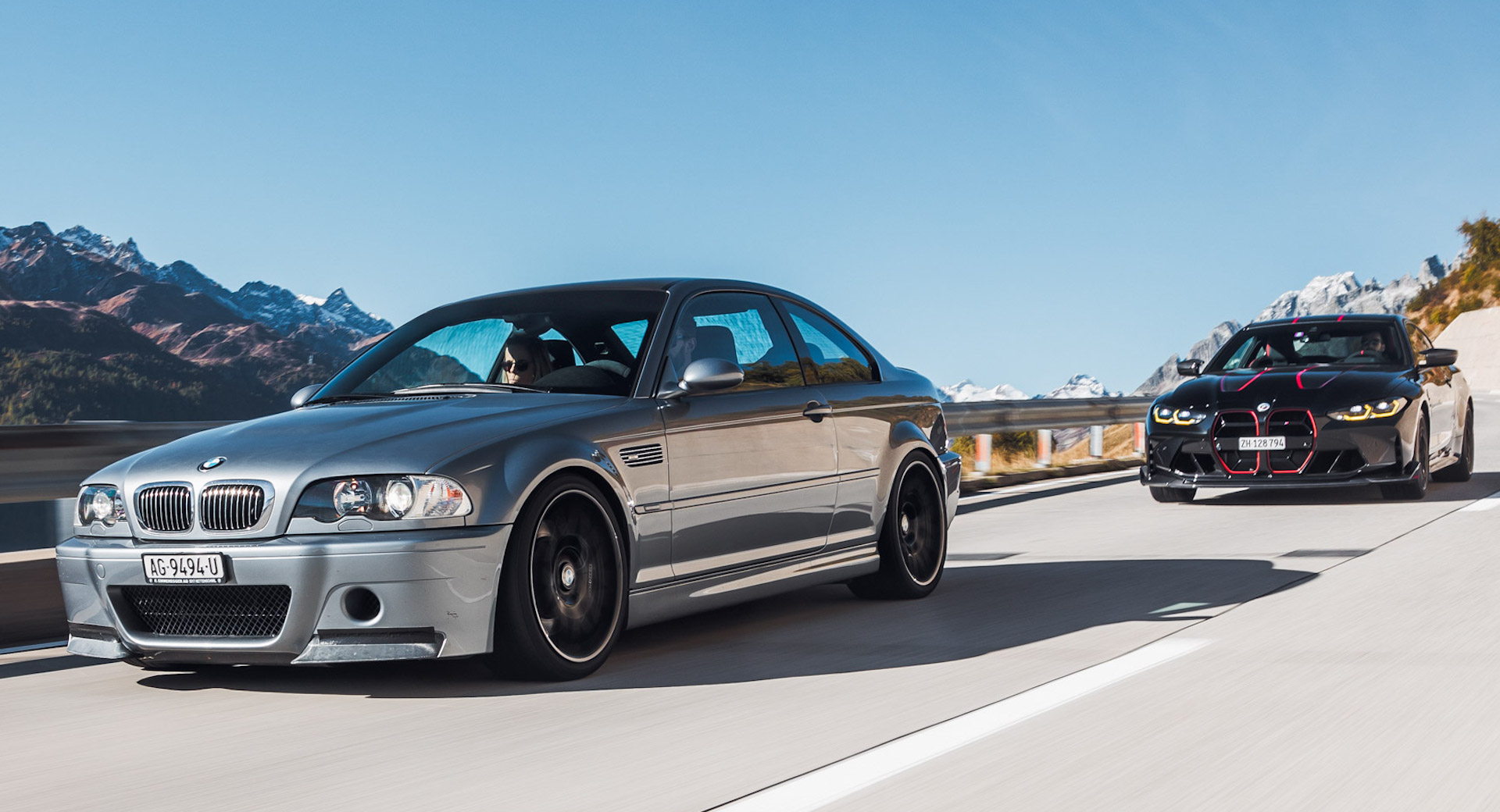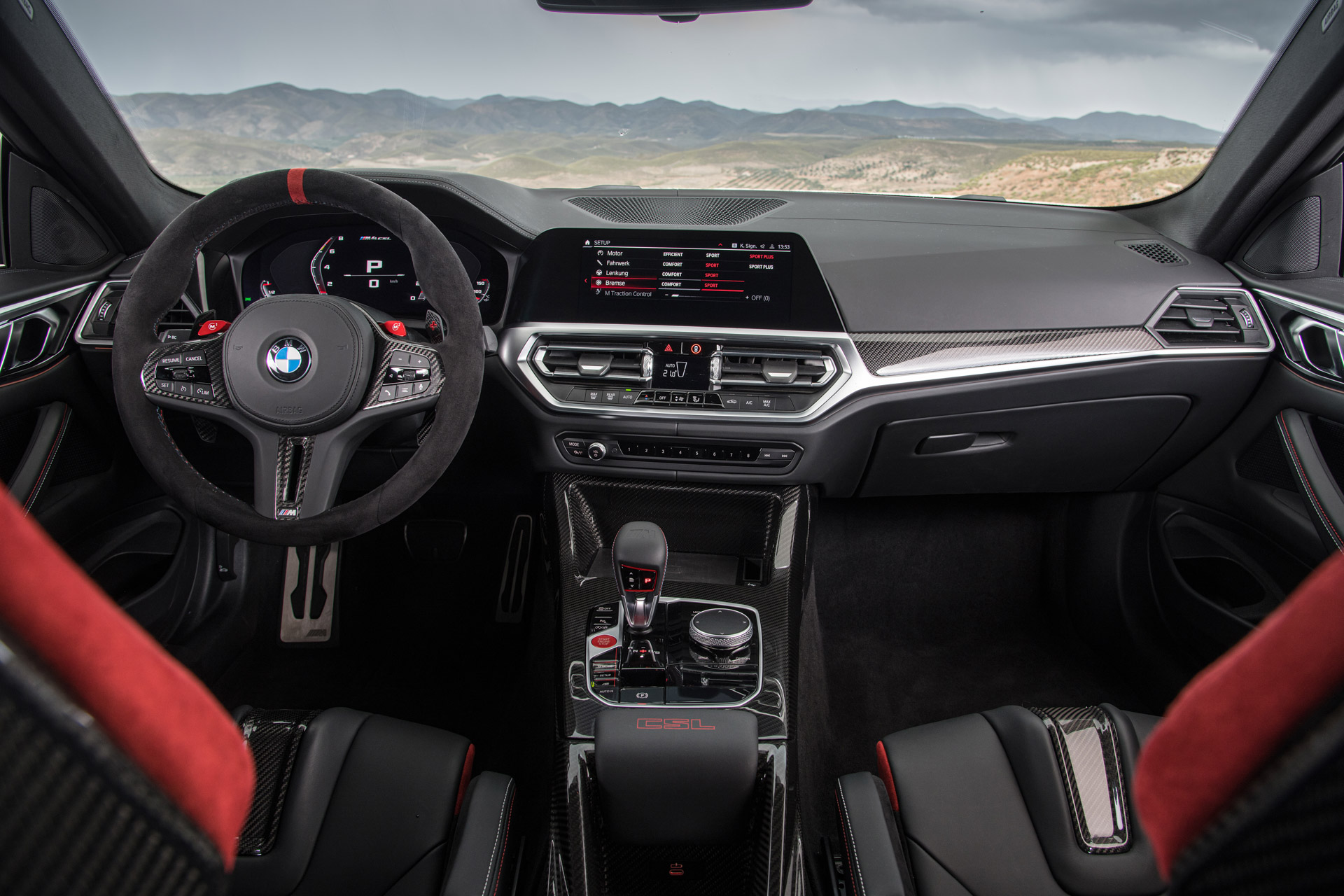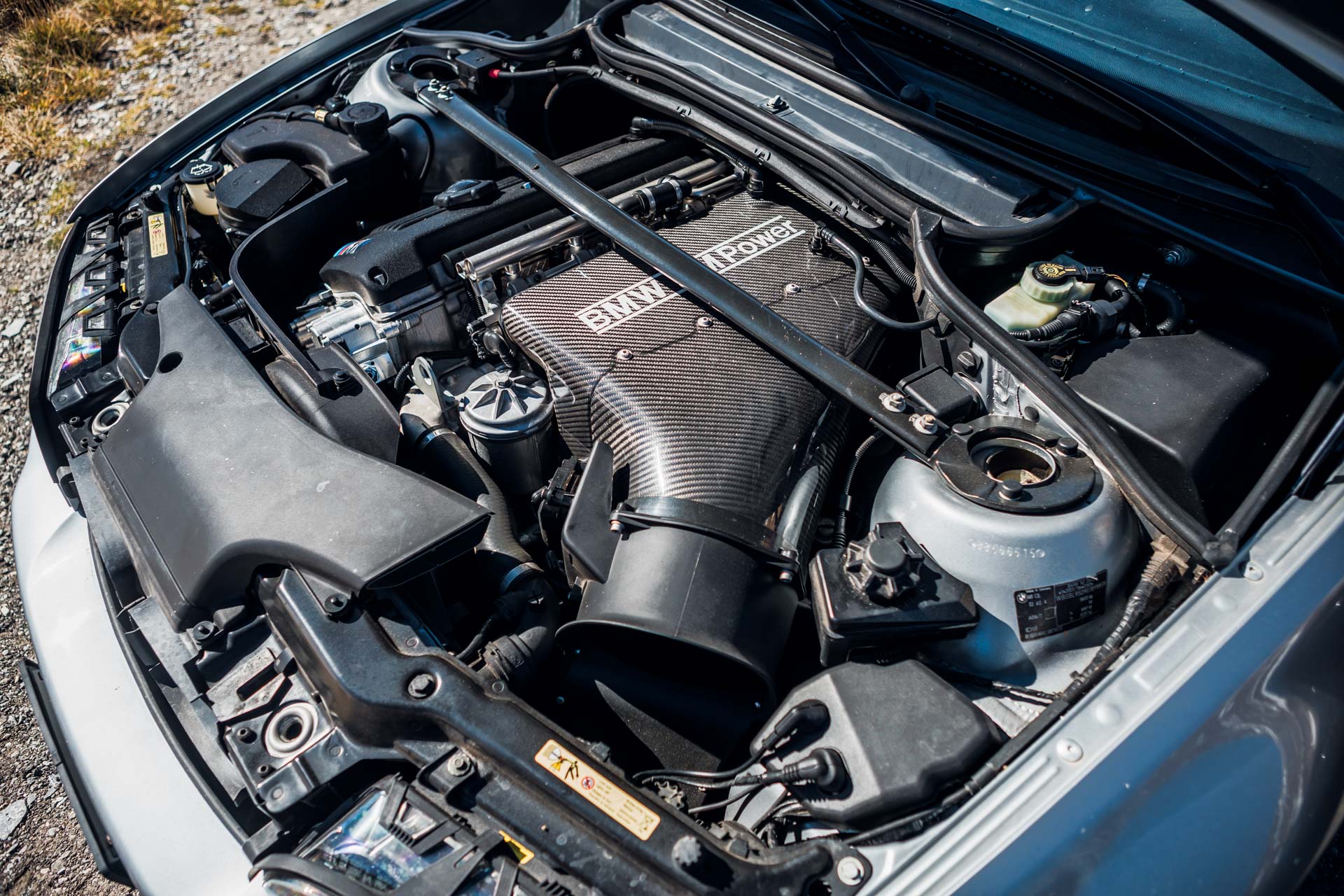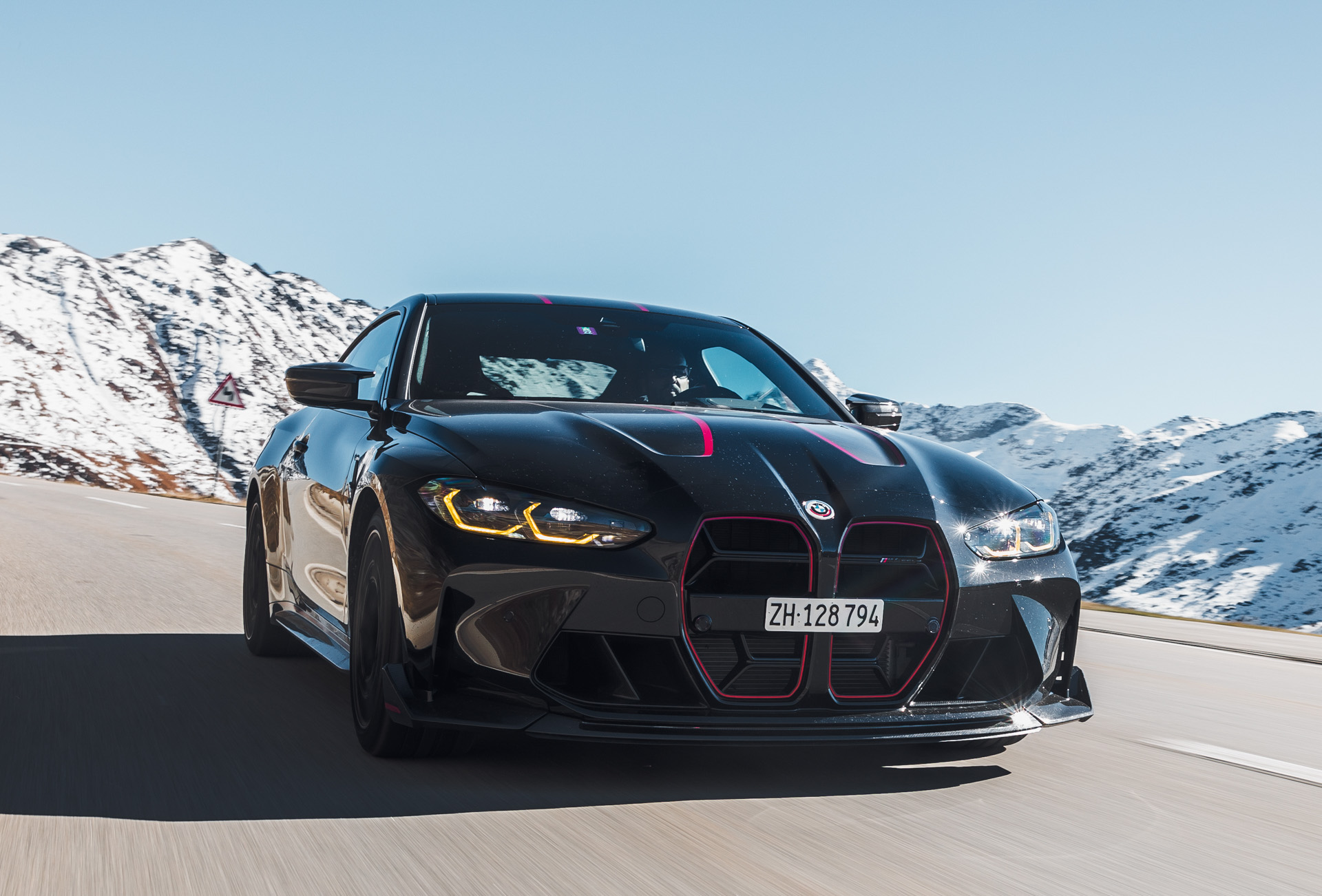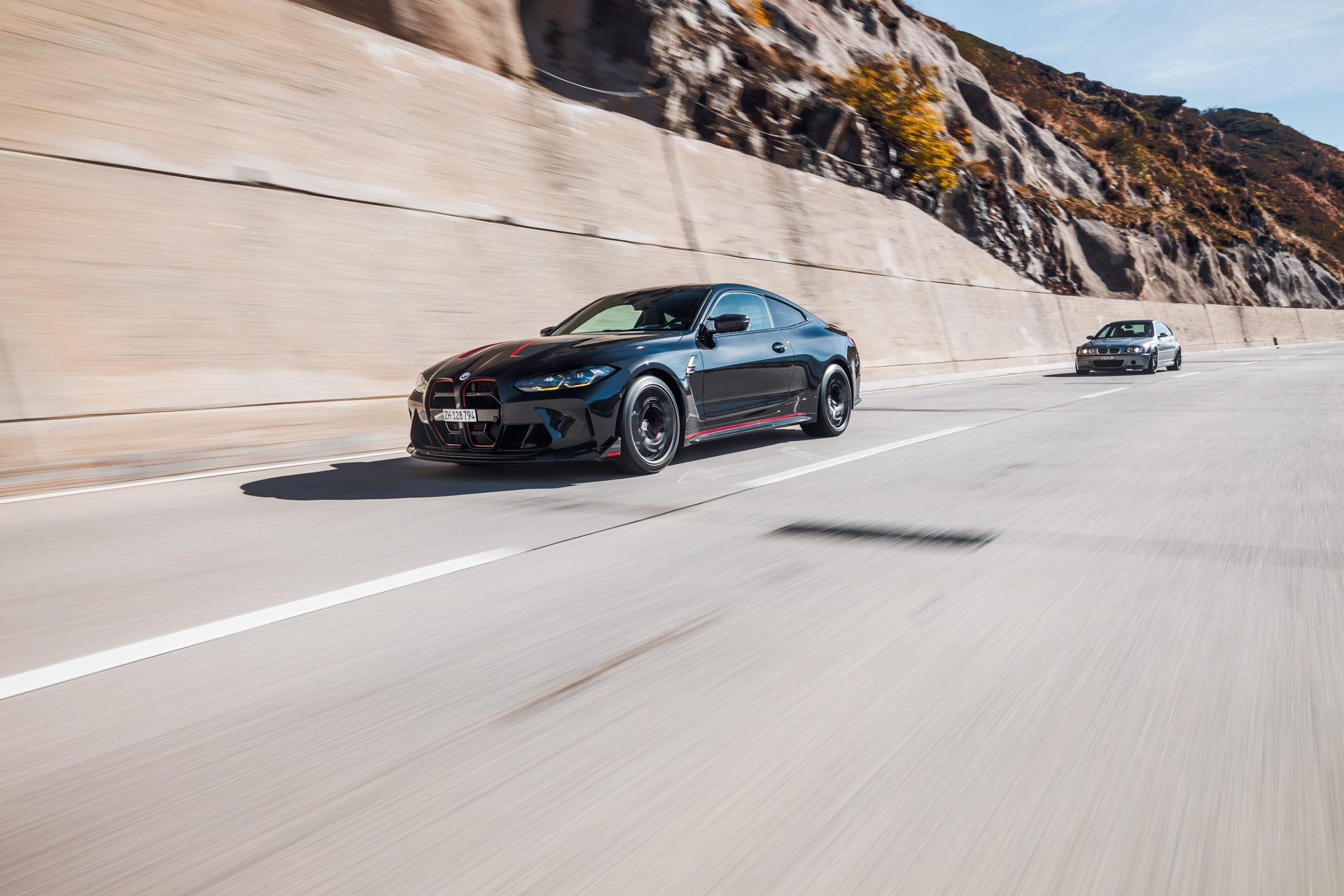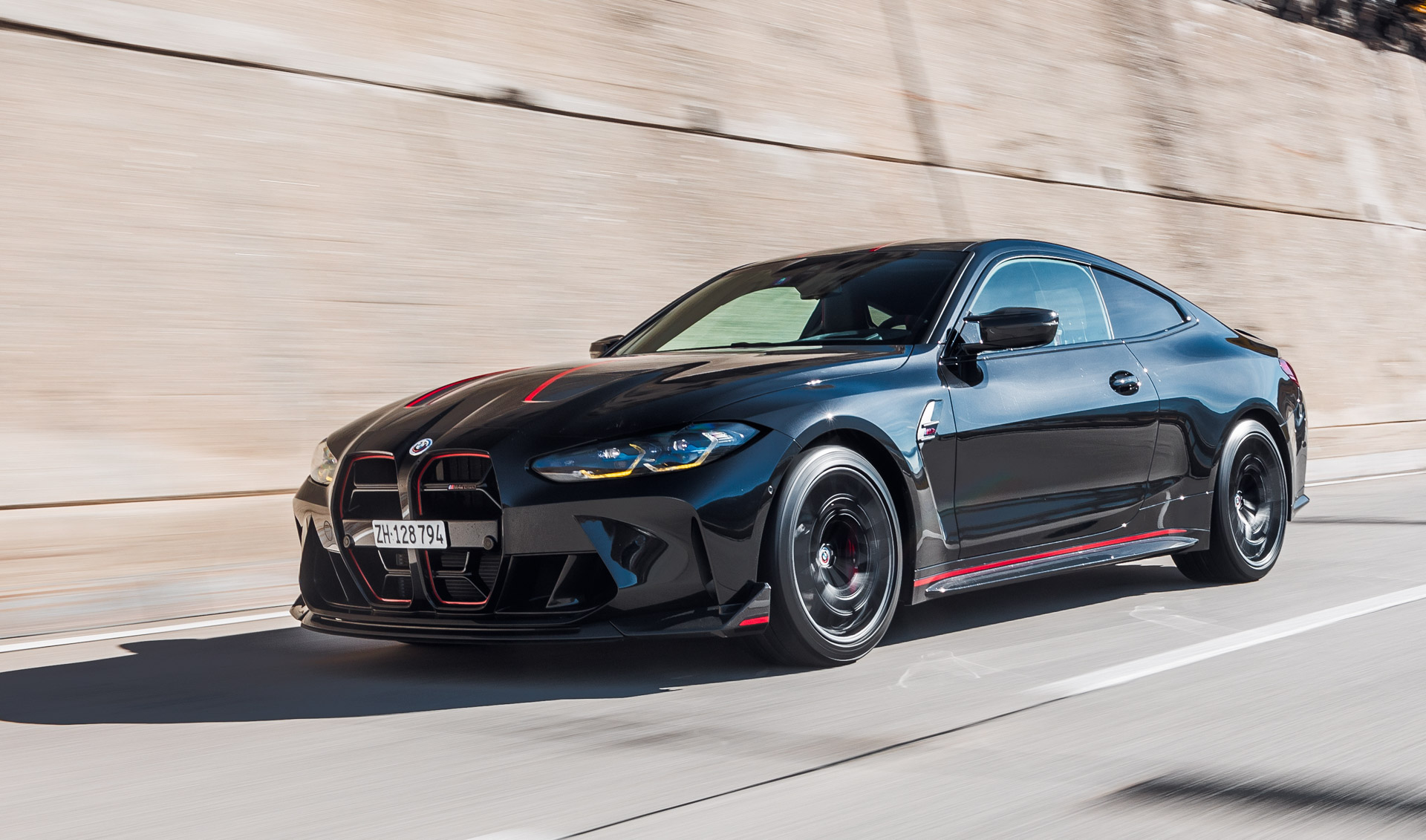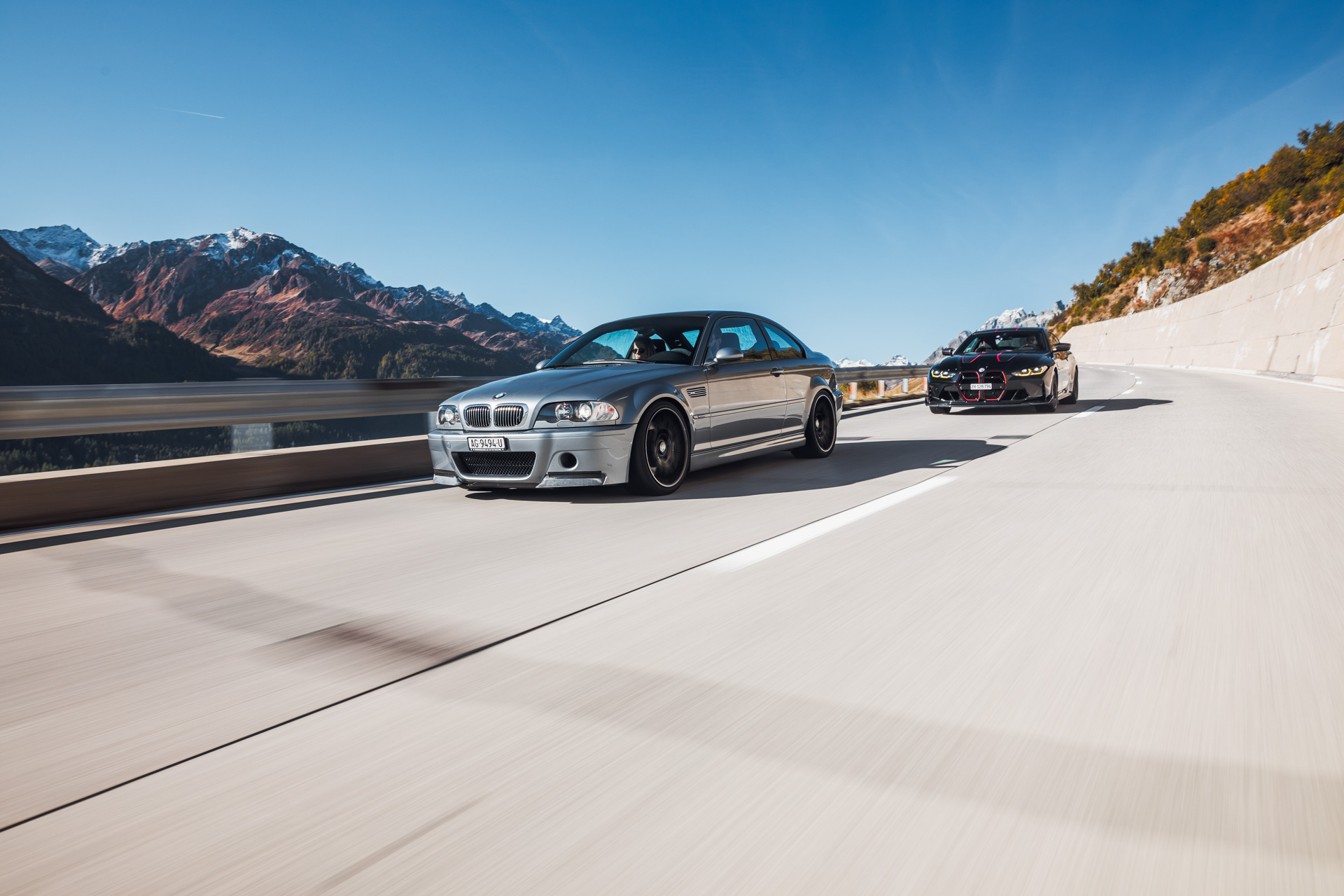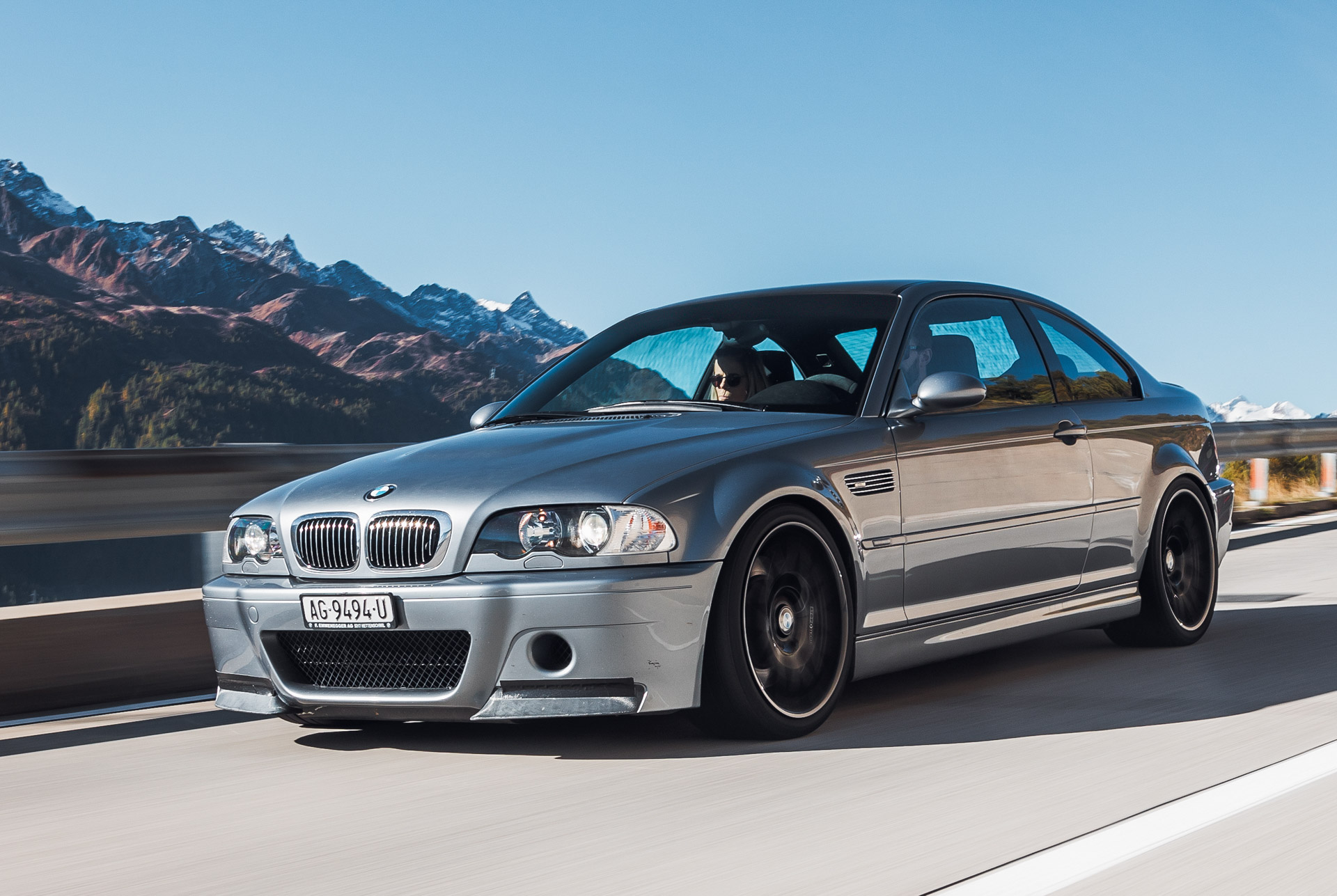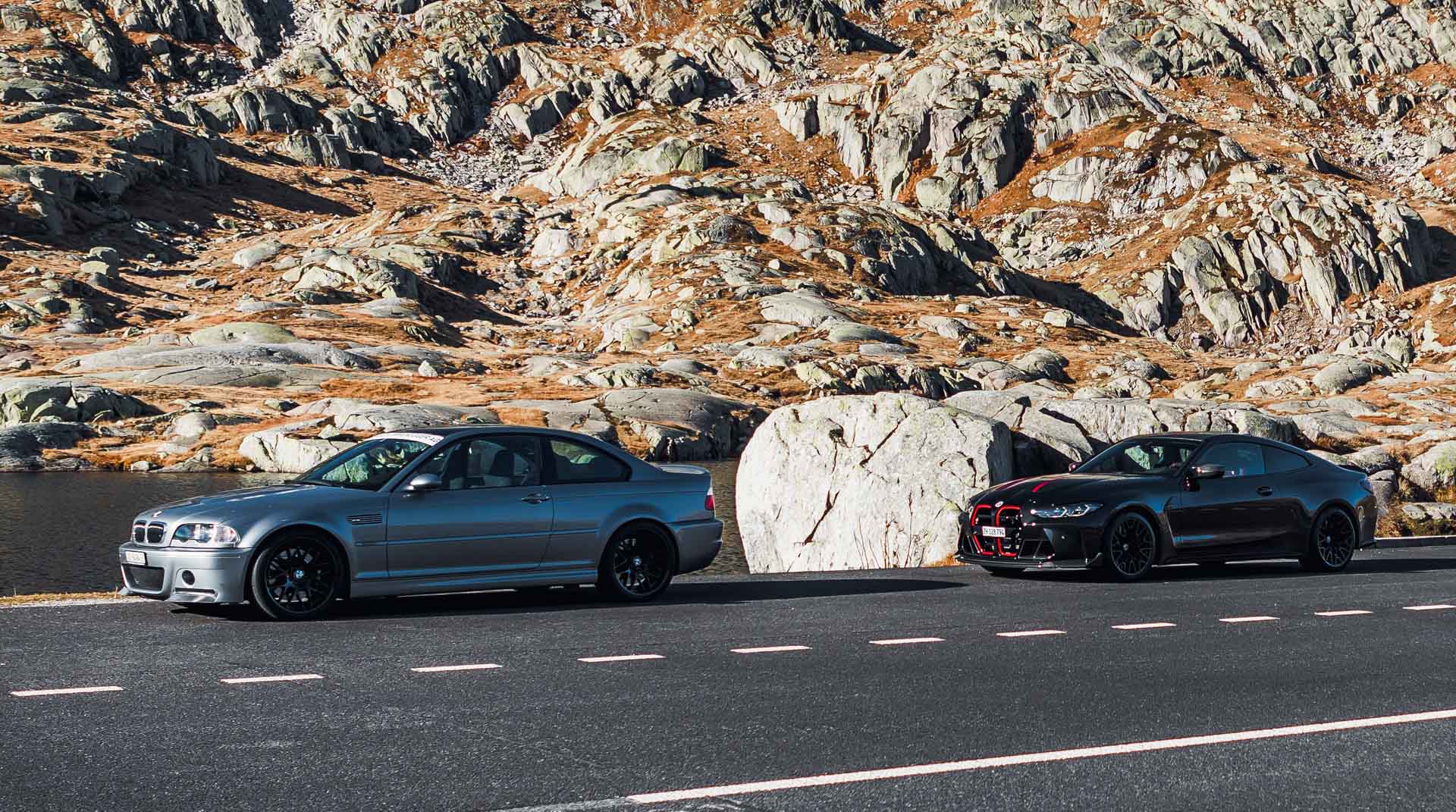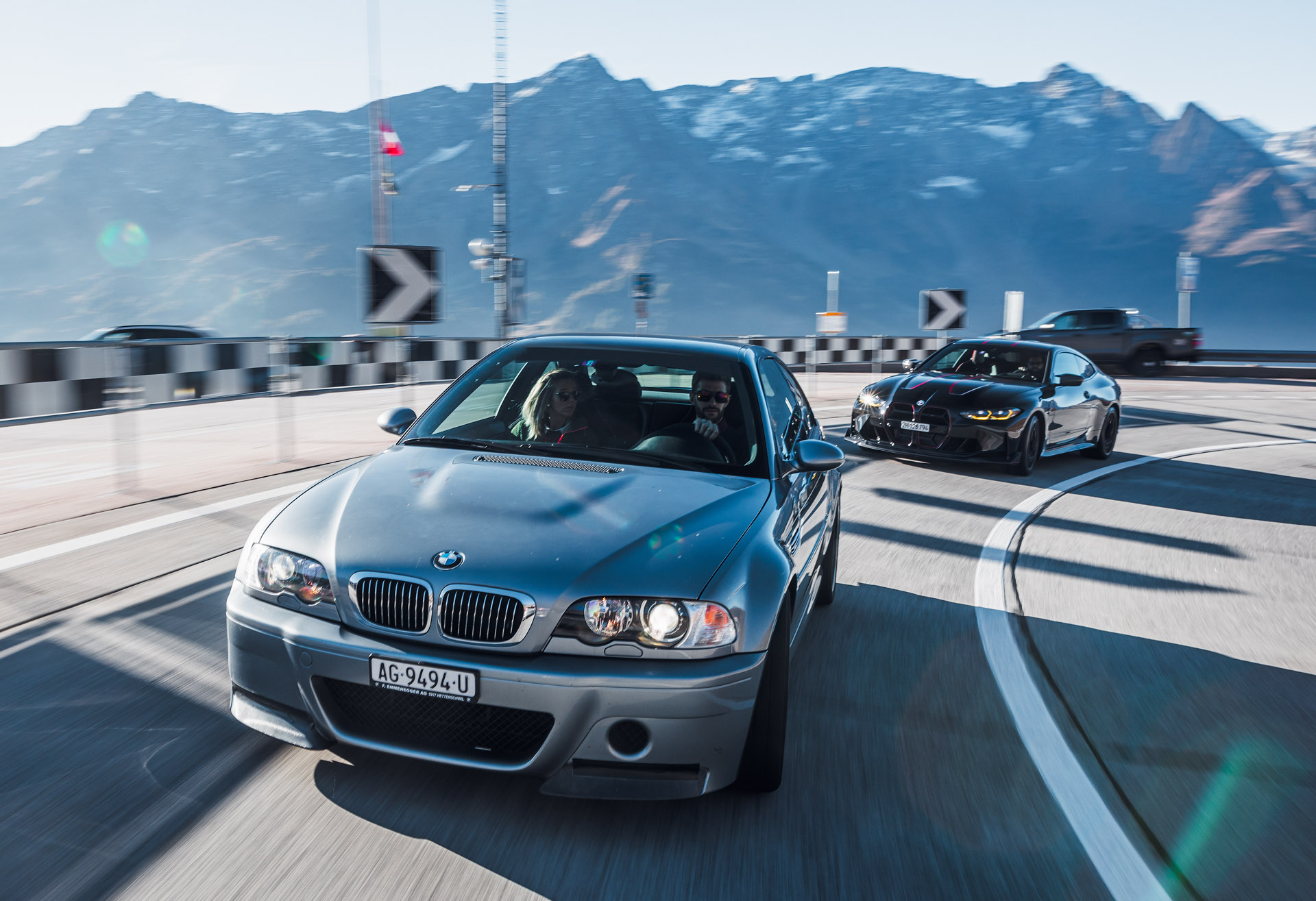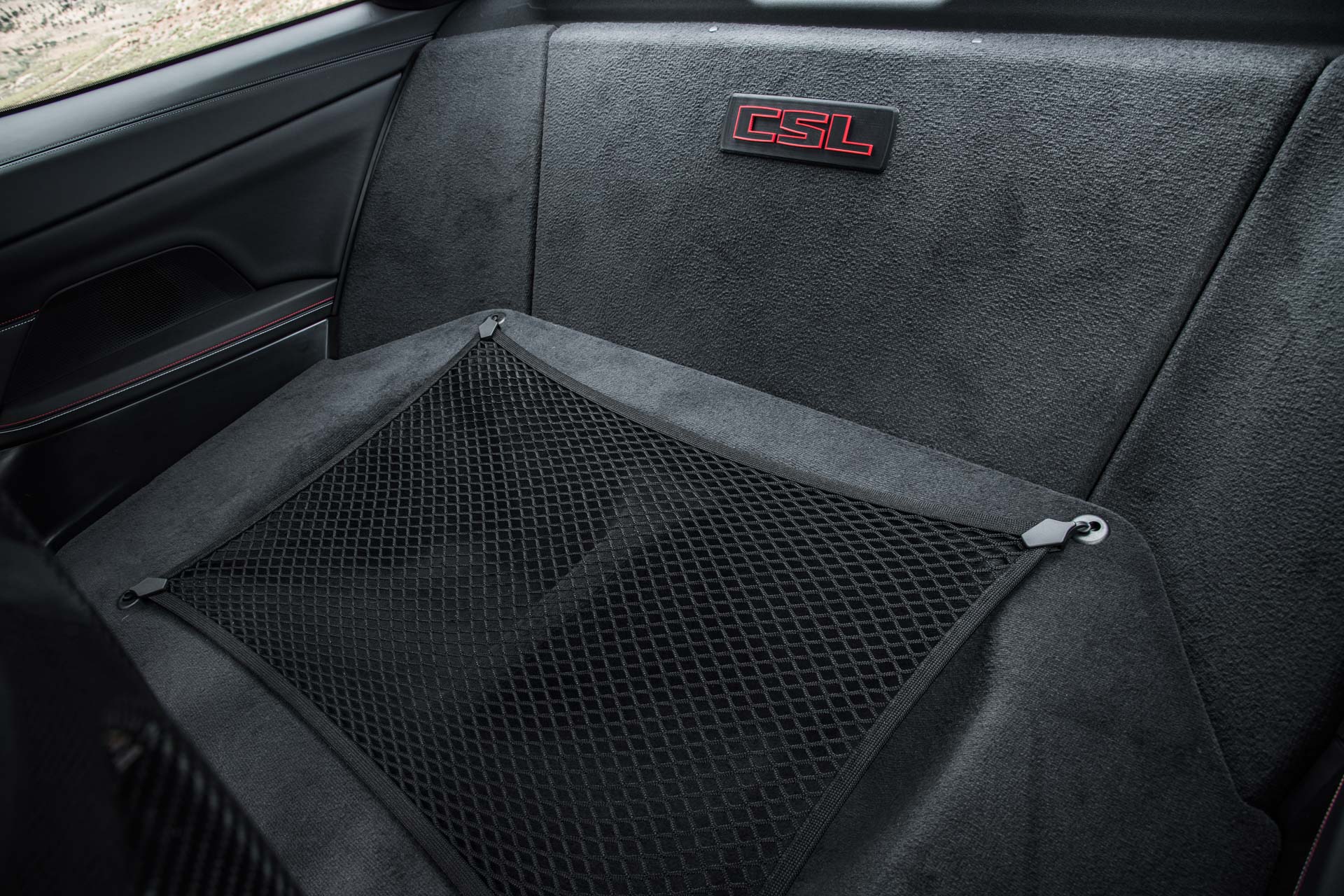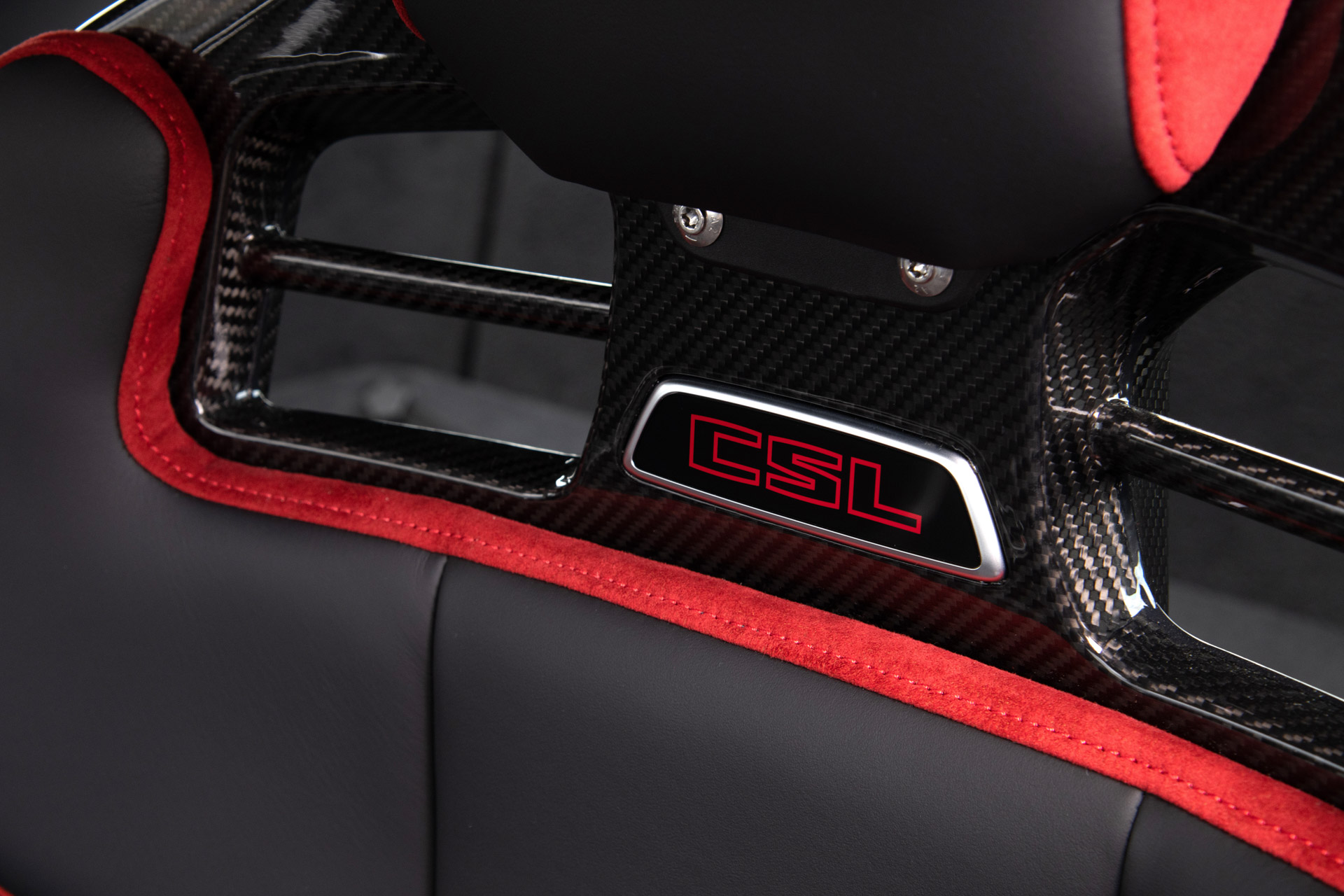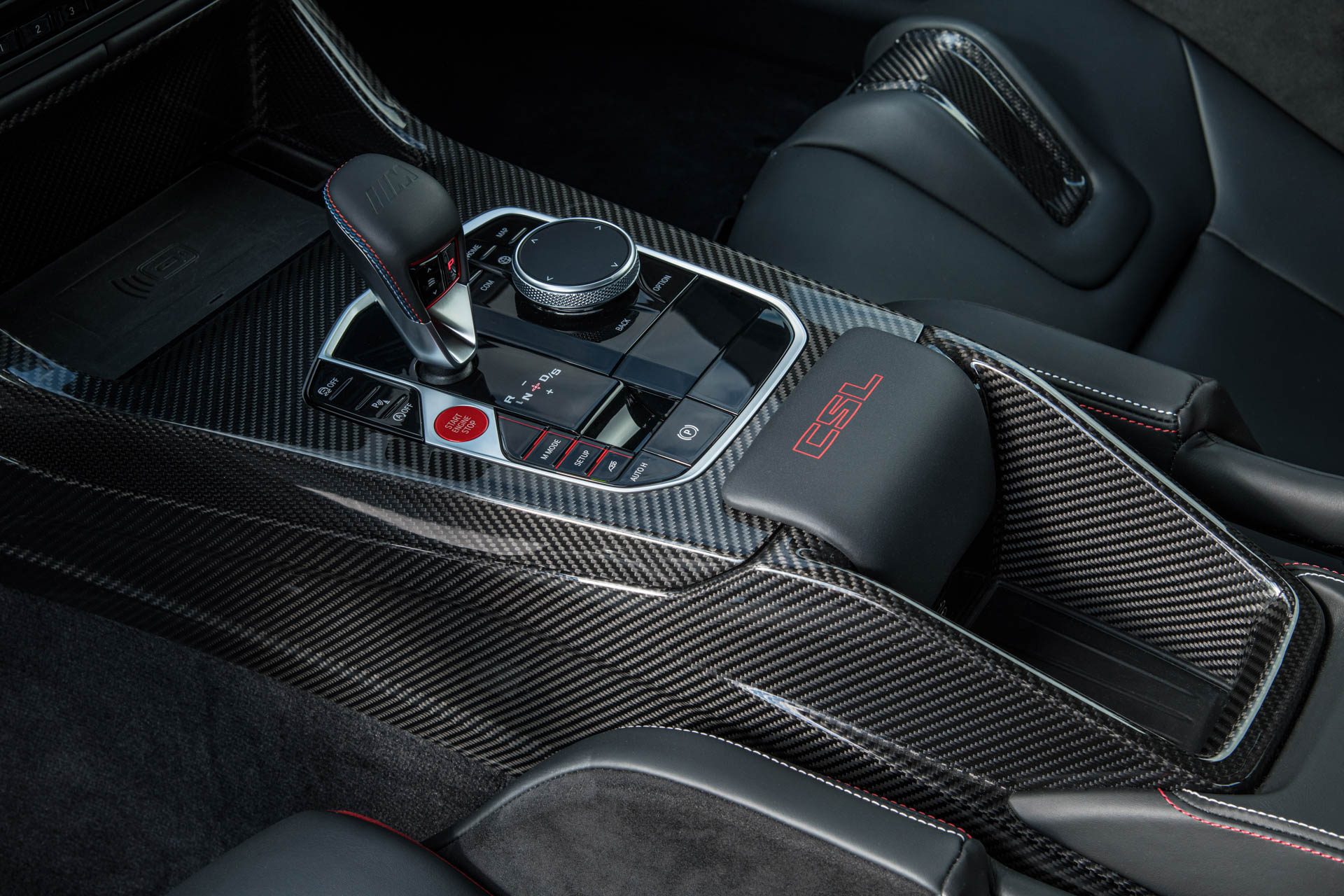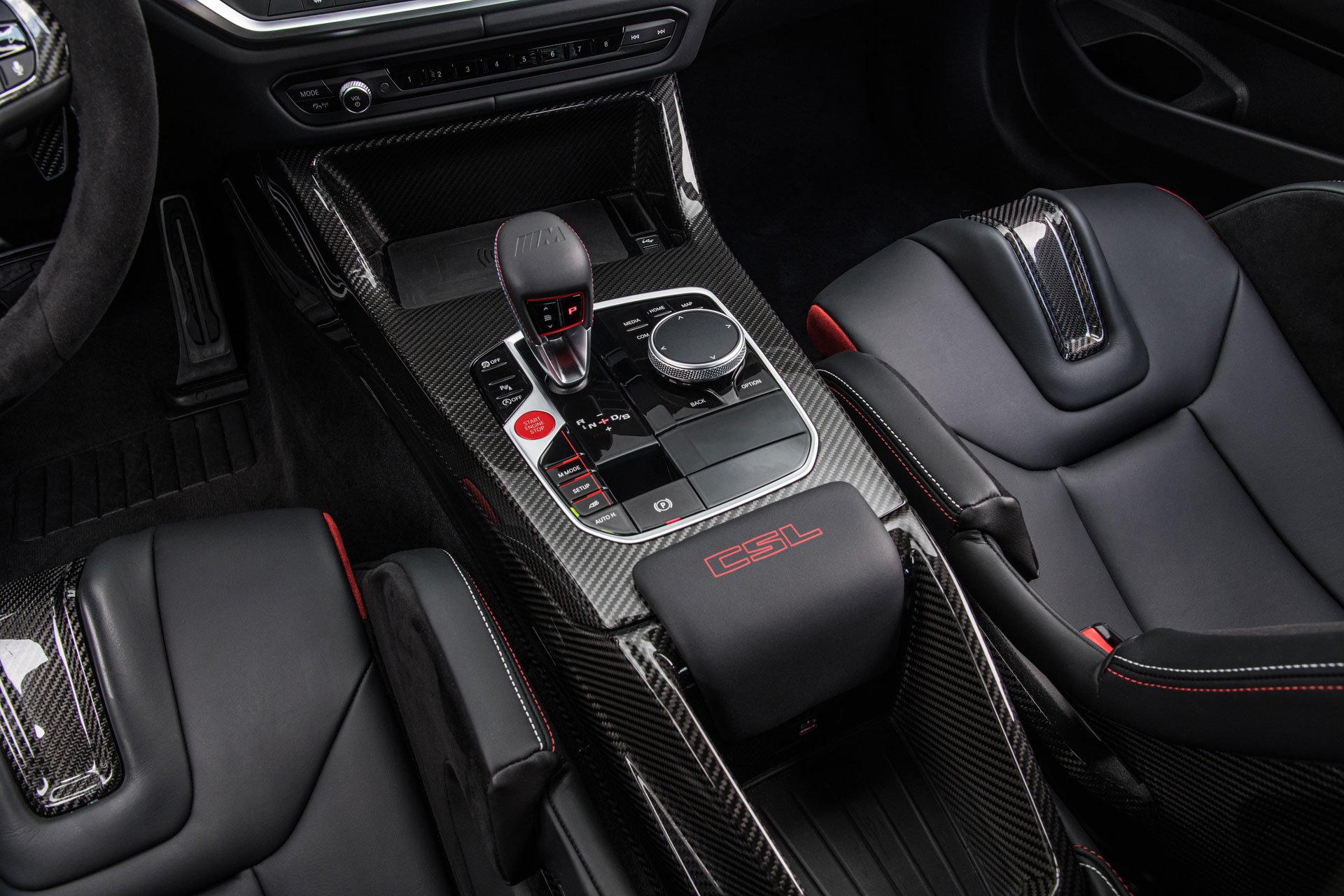BMW dishes out its CSL badge so rarely that even RS-bagded Porsches look as common as Corollas in comparison. Only three BMWs have been deemed worthy of the Coupe Sport Leichtbau (lightweight) name that was first applied to the E9 CSL coupe of the 1970s, a modified CS created specifically to win on Europe’s racetracks.
Those original CSLs are now hugely valuable ($200k for a standard car in good condition; more like $300k for a winged Batmobile), and to be honest, cool as they are, they drive like old cars, because they are old cars, and they aren’t that fast by 2022 standards. But the remaining two CSLs make a fascinating pairing, just about close enough in age (and therefore driving character) and price that you might conceivably find yourself choosing between the two.
Related: 2023 BMW M4 CSL Is A Track-Inspired, Carbon Fiber Clad Rocket Ship Starting At $139,900
We’re talking of course about the 2004 E46 M3 CSL and the 2023 M4 CSL that was released earlier this year. I’m not going to try to pretend for a minute that the M3 has a hope of keeping up with its modern namesake in a straight line or around a track, or that it’s clunky single-clutch SMG paddle-shift ’box (there was no manual option) doesn’t feel like tractor-tech next to the modern M4’s ZF auto. But think for a minute about how people are going to use the new CSL, and the gap between the two narrows quickly.
Because most 2023 CSL buyers aren’t going to press their M4 into daily use. They’re buying one to wheel out of the garage at weekends for brief fun drives, to maybe take to the odd trackday. And they’re buying them as investments. If that’s the criteria, you’re damn right the 2004 CSL is a valid rival to the new one.
But let’s do our due diligence and look at the numbers. BMW M built 1,383 examples of the M3 CSL, each powered by a mildly uprated version of the stock E46 M3’s 3.2-liter S54 inline six making 355 hp (360 PS) and a modest 273 lb-ft (370 Nm) of torque. Zero to 62 mph (100 km/h) officially took 4.9 seconds, which was barely better than what the standard car could manage despite the sticky Michelin Cup rubber and the claimed 243-lbs (110 kg) weight reduction. Contrast that with the latest CSL, which kicks out 542 hp (550 PS) and 479 lb-ft (649 Nm) of torque, romps to 62 mph in 3.7 seconds, and is limited to just 1,000 units.
So far, so different. But in concept – no back seats, extensive used of carbon fiber to cut weight – they’re incredibly close. As they are in price. The new M4 CSL costs $140,895 (£128,820 in UK) including destination, which is almost exactly what you’ll have to pay for a really great M3 CSL today in Europe – sadly, the hottest M3 was never offered in the U.S., and even more frustratingly, is still some years away from being eligible for importation under the 25-year rule. Yes, you can get them for under $90k with a bunch of miles, but the very best, like this 2,679-mile (4,311 km) car are being advertised at upwards of $160,000.
Why would anyone pay more for an older, slower car that’s not as rare? Perhaps they badly wanted the M3 nearly 20 years ago but are only now in a position to make it happen. Maybe they prefer the way it looks (we do), or the fact that it weighs almost 600 lbs (272 kg) less. Or it could be that they’ve heard an M3 CSL on full heat as it snorts through its carbon airbox. It’s one of the best-sounding production road cars ever built. And if you’re only doing a handful of miles each year, the fact that the new M4 is a far more complete package won’t be such an issue.
Or maybe you think the new CSL looks light years better, want your mod cons and couldn’t imagine shelling out $150k on a car with a meager 355 hp. There’s no right or wrong answer. You’d have a blast in either car. But which would you choose? Leave a comment and let us know.




